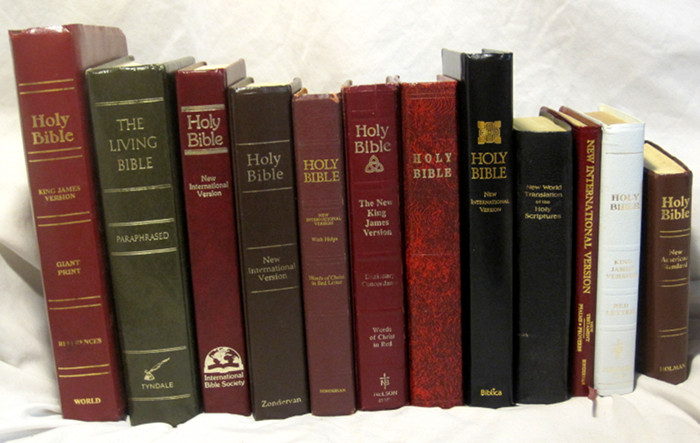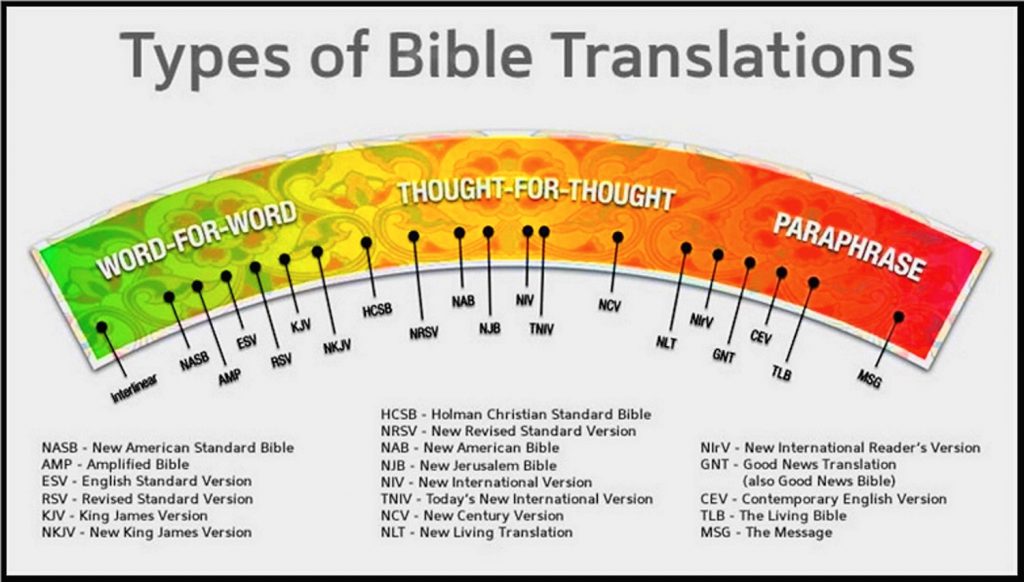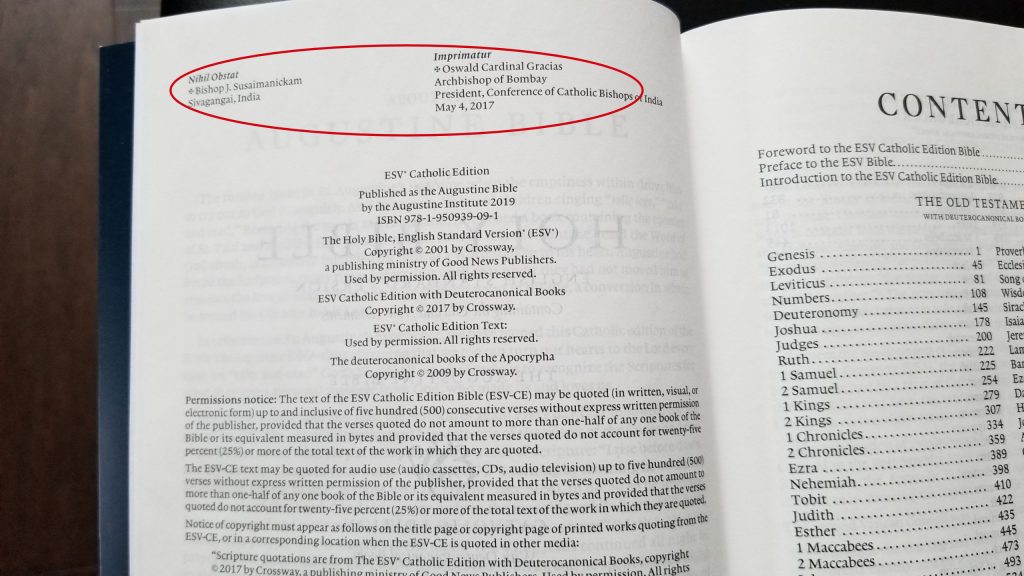There are over 100 Bible translations approved by the Catholic Church. But the original books of the Bible were written in mostly Hebrew and Aramaic for the Old Testament, and koine Greek for the New Testament. Which translation of these ancient languages is best?

The question is really, “Which one is best for your purpose?” This is a meaningful question, because of the manner in which English language translations are approached. The translator(s) may decide to produce a version that is a word-for-word translation, as true to the language of the original as possible (formal equivalence). Or they may decide to produce a version that preserves, not the language, but the thoughts of the original as faithfully as possible (dynamic equivalence). The point is that dynamic equivalence gives the translator more leeway in presenting to the modern reader language, idioms, jargon, and turns of phrase in more understandable language.
Look at an example of this that is not biblical at all, but from the Agamemnon, a Greek play written by Aeschylus 2,500 years ago. Robert Browning did a formally equivalent translation which describes a watchman in the beginning of the play as saying, “As for the rest, I’m mute : on tongue a big ox has trodden.” Painful. But a more modern translation, using dynamic equivalence reads, “ I won’t say anything more than that: I feel as though my tongue is tied.” Much more easily understood, to our modern ears, although some of the literary picture is “lost in translation”.
The point is that if you’d like to really study the nuances of the original text, a formal equivalent is best. But for readability, a “looser,” dynamic equivalent may be best. Or, why not have both, if your needs vary? But definitely have at least one translation that you feel comfortable reading and praying with.


One caveat is that, whatever Bible or Bibles you may use, please be aware that there IS such a thing as a Catholic Bible, as opposed to Protestant versions. The most notable reason for this is that most Protestant Bibles omit certain books and passages of books that are in the full Catholic Bible. A Catholic Bible always requires both a “Nihil obstat” and an “Imprimatur” in the front of the Bible, where the copyright is also found. Both of those phrases together indicate that there are no doctrinal errors and that it is approved by a Church authority (often a bishop).
As you might expect, there is an entire spectrum of translations, from formally equivalent to dynamically equivalent, with some versions tending toward one end of the spectrum or the other. Judge for yourself:
The whole Bible was given to us by inspiration from God and is useful to teach us what is true and to make us realize what is wrong in our lives; it straightens us out and helps us do what is right.
–The Living Bible
All scripture is inspired by God and is useful for teaching, for reproof, for correction, and for training in righteousness.
–New Revised Standard Version
All scripture, inspired of God, is profitable to teach, to reprove, to correct, to instruct in justice.
–Douay-Rheims Bible
All Scripture is given by God. And all Scripture is useful for teaching and for showing people what is wrong in their lives. It is useful for correcting faults and teaching the right way to live.
–Easy To Read Version
All scripture is given by inspiration of God, and is profitable for doctrine, for reproof, for correction, for instruction in righteousness.
–King James Version
All scripture is inspired by God and is useful for teaching, for refutation, for correction, and for training in righteousness.
–New American Bible
All Scripture is inspired by God and is useful for teaching the truth, rebuking error, correcting faults, and giving instruction for right living.
–Good News Bible
All Scripture is God-breathed and is useful for teaching, rebuking, correcting and training in righteousness.
–New International Version

